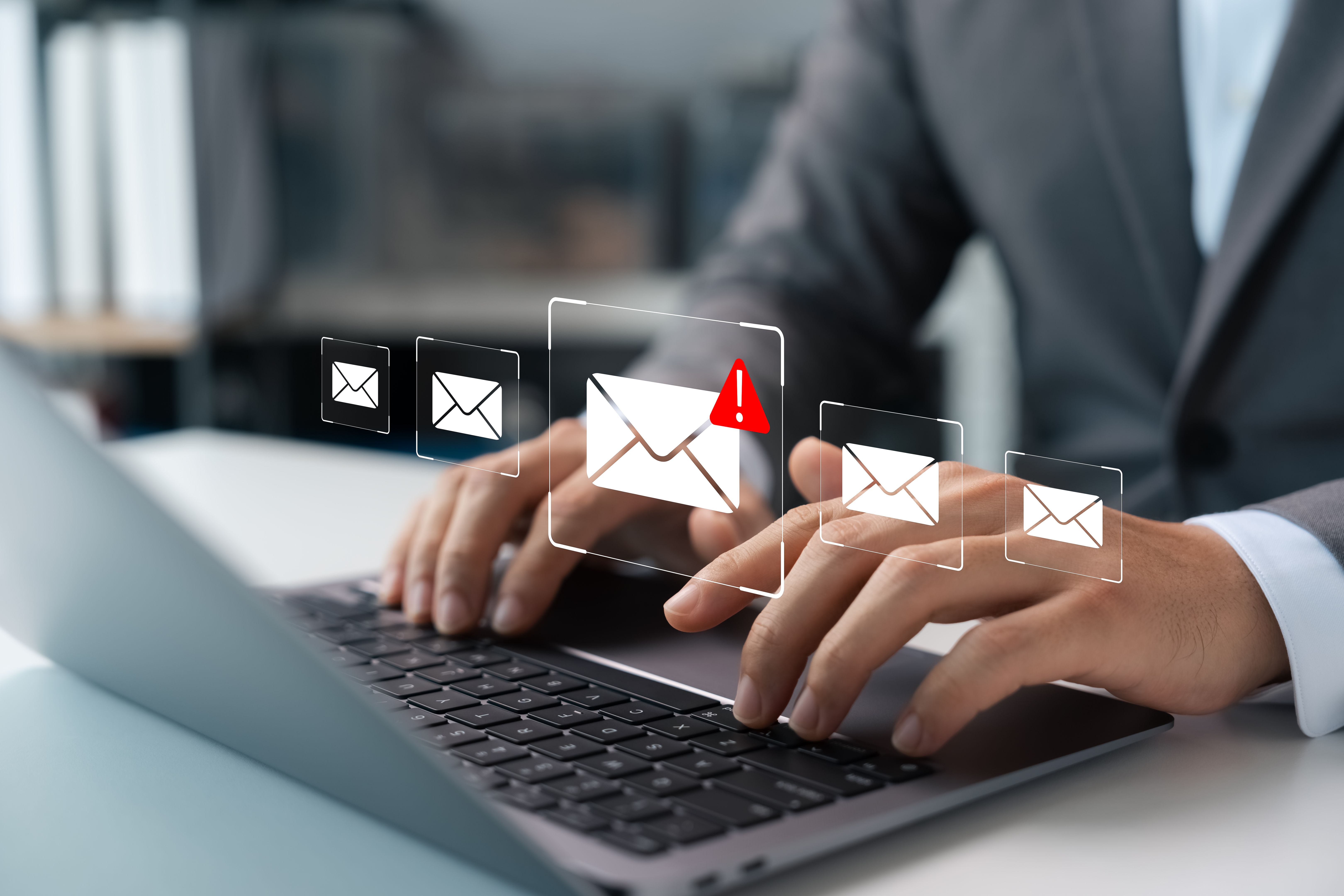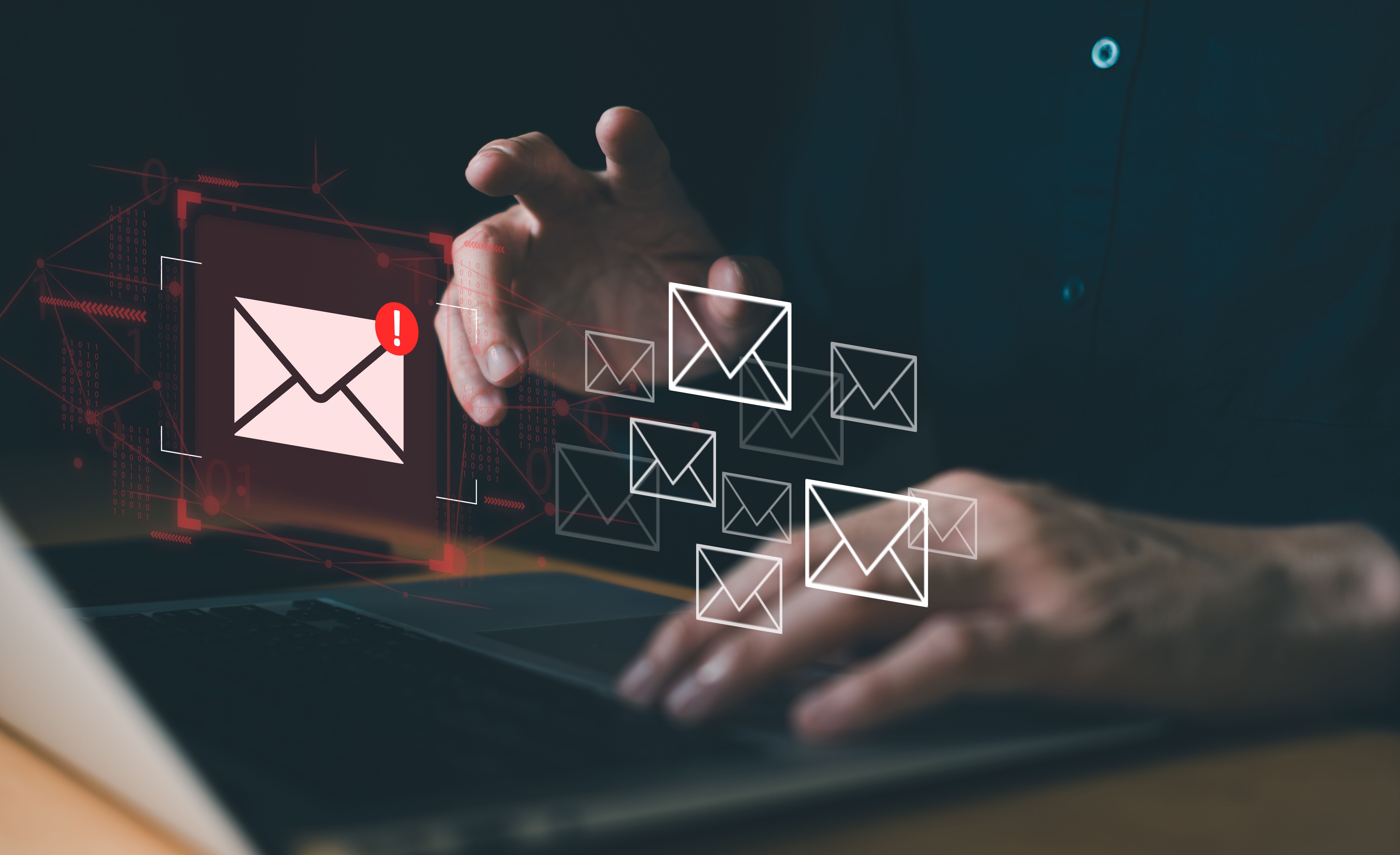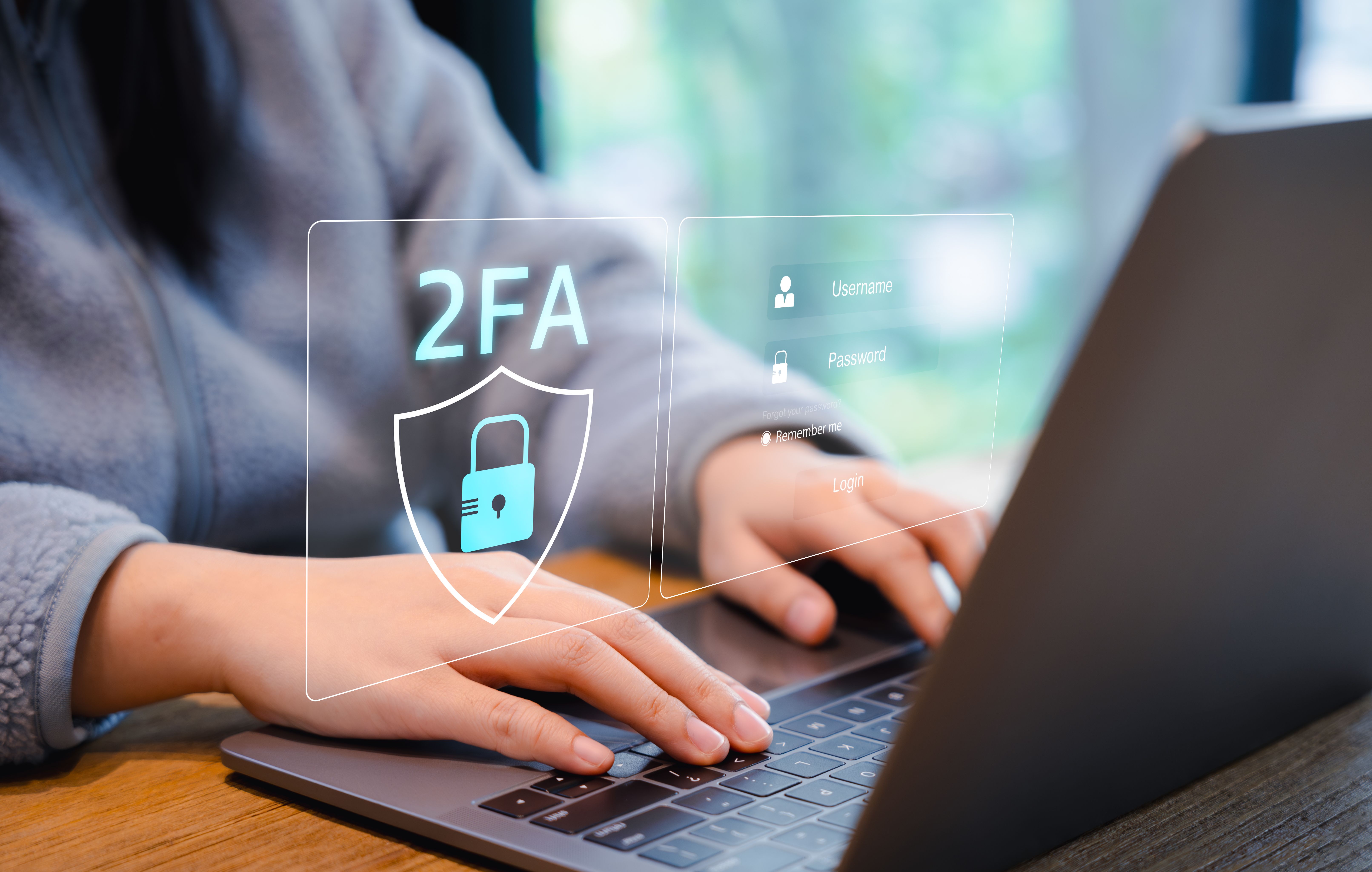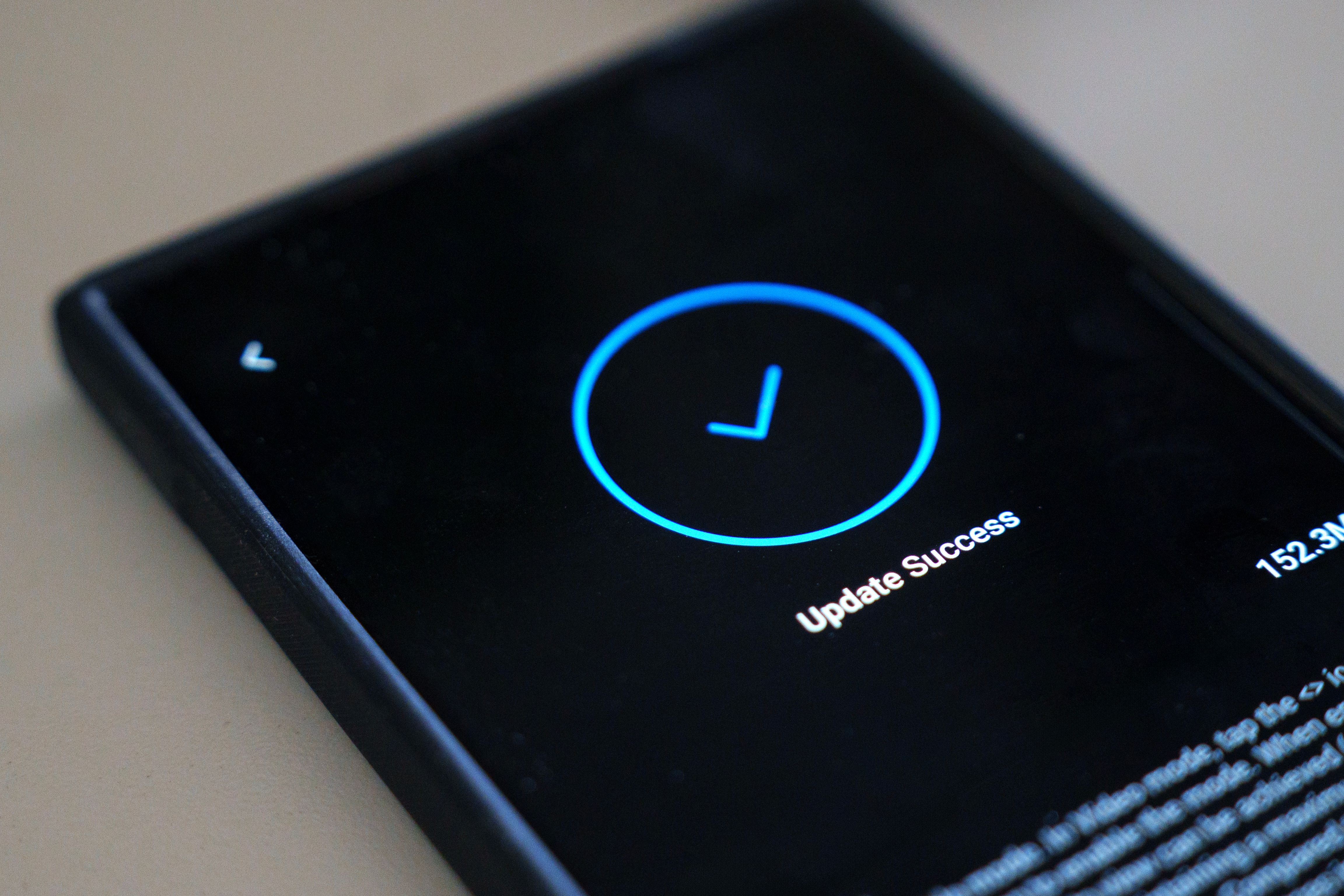Protect Your Inbox: Essential Email Security Tips
Introduction to Email Security
In today's digital age, protecting your inbox is more important than ever. Cyber threats are becoming increasingly sophisticated, and your email inbox can be a primary target. Whether it's phishing scams, malware, or unauthorized access, safeguarding your emails is a crucial step in protecting your personal and professional information.

Understanding Common Email Threats
To effectively secure your inbox, it's essential to understand the common threats that can compromise your email security. These include:
- Phishing: Cybercriminals often use deceptive emails to trick you into providing sensitive information.
- Malware: Malicious software can be delivered through email attachments or links.
- Unauthorized Access: Hackers may attempt to gain access to your email account without your consent.
Phishing Scams
Phishing scams are one of the most prevalent threats to email security. These scams often involve fraudulent emails that appear to come from legitimate sources, urging you to click on links or download attachments. To protect yourself, always verify the sender's email address and avoid clicking on suspicious links.

Strengthening Your Passwords
A strong password is your first line of defense against unauthorized access. Use a combination of upper and lowercase letters, numbers, and special characters to create a complex password. Avoid using easily guessed information like birthdays or common words. Consider using a password manager to help generate and store secure passwords.
Two-Factor Authentication
Implementing two-factor authentication (2FA) adds an extra layer of security to your email account. With 2FA, you'll need to provide a second form of verification, such as a code sent to your phone, in addition to your password. This makes it significantly more challenging for hackers to gain access to your account.

Recognizing Suspicious Emails
Being able to identify suspicious emails is crucial in protecting your inbox. Look out for:
- Unfamiliar Senders: Be cautious of emails from unknown sources.
- Poor Grammar and Spelling: Legitimate companies usually maintain professional standards in their communications.
- Urgent Requests for Information: Emails demanding immediate action may be fraudulent.
Regularly Updating Software
Keeping your email client software updated is vital for security. Updates often include patches for vulnerabilities that could be exploited by cybercriminals. Regular updates ensure that you have the latest security features and protection against emerging threats.

Conclusion
Your inbox contains valuable information that needs protection from cyber threats. By understanding common threats, strengthening your passwords, enabling two-factor authentication, and recognizing suspicious emails, you can significantly enhance your email security. Stay vigilant and proactive in safeguarding your digital communications.
